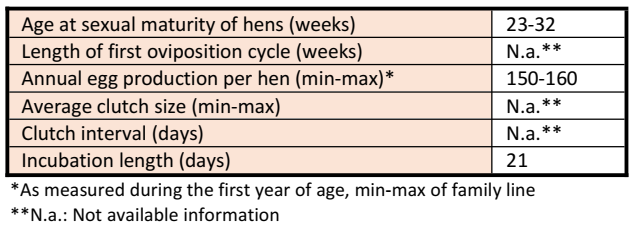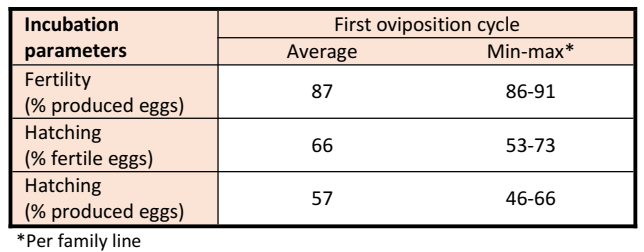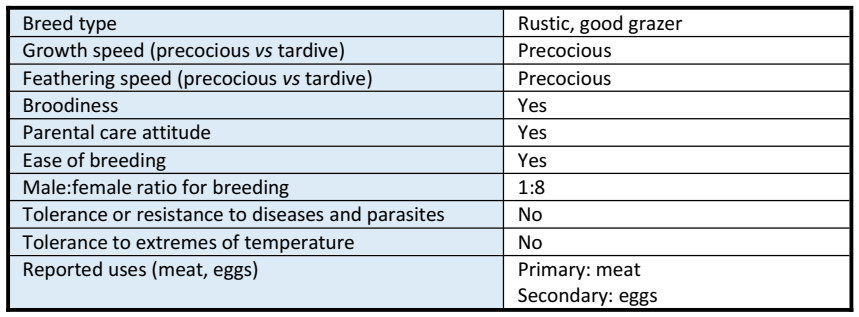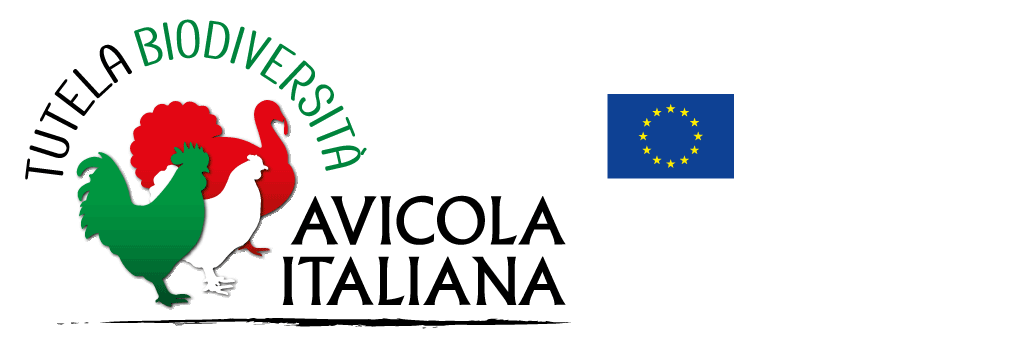Millefiori di Lonigo
Geographic origin: Veneto (Lonigo, Vicenza)
Geographic distribution: Veneto
Estimated total population size: 755 (Castillo et al., 2021)
Extinction risk status (FAO, 1998): Threatened conserved
Historical origin of the breed
Selected by the Itinerant School of Agriculture of Lonigo (established with legal decree in 1926), the Millefiori di Lonigo breed is a local genetic resource with Mille Fleur (“a thousand flowers”) plumage, always reared in the province of Vicenza and in the Veneto region. This genetic resource was defined during the 1920s, as it was previously considered as a type of the Italiana locale comune (Common local Italian) chicken breed. The history of the Millefiori di Lonigo is linked to the history of Italian poultry, and it dates back to the time of ancient Rome.
The first group of Millefiori di Lonigo chickens arrived to La Decima, a farm managed by the Administration of Vicenza province, in 2007, recovering chickens from the Liguria and Emilia Romagna regions. After a first period of acclimatisation and breeding, La Decima started spreading chicks among several farms of the territory. These farms have thus become the “keeper farms” of the breed, by spreading on their turn the products of their breeding. The Millefiori di Lonigo is also reared by amateur farmers. For this reason, the Millefiori di Lonigo chickens are reared also in other Italian regions.
Pictures from the archives of Prof. Gabriele Baldan and Prof. Massimo De Marchi.
Qualitative morphological traits
Feather morphology: Normal
Feather distribution: Normal
Plumage structure: Abundant, well developed and adherent to the body; well developed down, especially in the female
Plumage colours: Mille Fleur
Colour features: Three-colour, without sexual dimorphism
Colour pattern: Plumage scattered with spots (most frequently light-coloured or black) on a ground colour, that is mainly red or dark orange (Mille Fleur).
Chick plumage colour: Spotted tawny
Comb type: Simple comb, upright in the male, falling to one side in the female
Comb spikes: Five spikes
Ear-lobe colour: White
Beak colour: Yellow
Iris colour: Red-orange
Skin colour: Yellow
Shank colour: Yellow
Shank feathering: Free from feathers
Quantitative morphological traits

Reproductive and productive quantitative traits
Oviposition, brooding and incubation data

Reproductive traits

Rearing traits

The presented data were registered in the nucleus population conserved at the “Sasse Rami” Experimental Farm, in Ceregnano (Rovigo).
Latest update: October 14th, 2023
Germplasm collection
The breed has yet to be conserved in our Cryobank.
